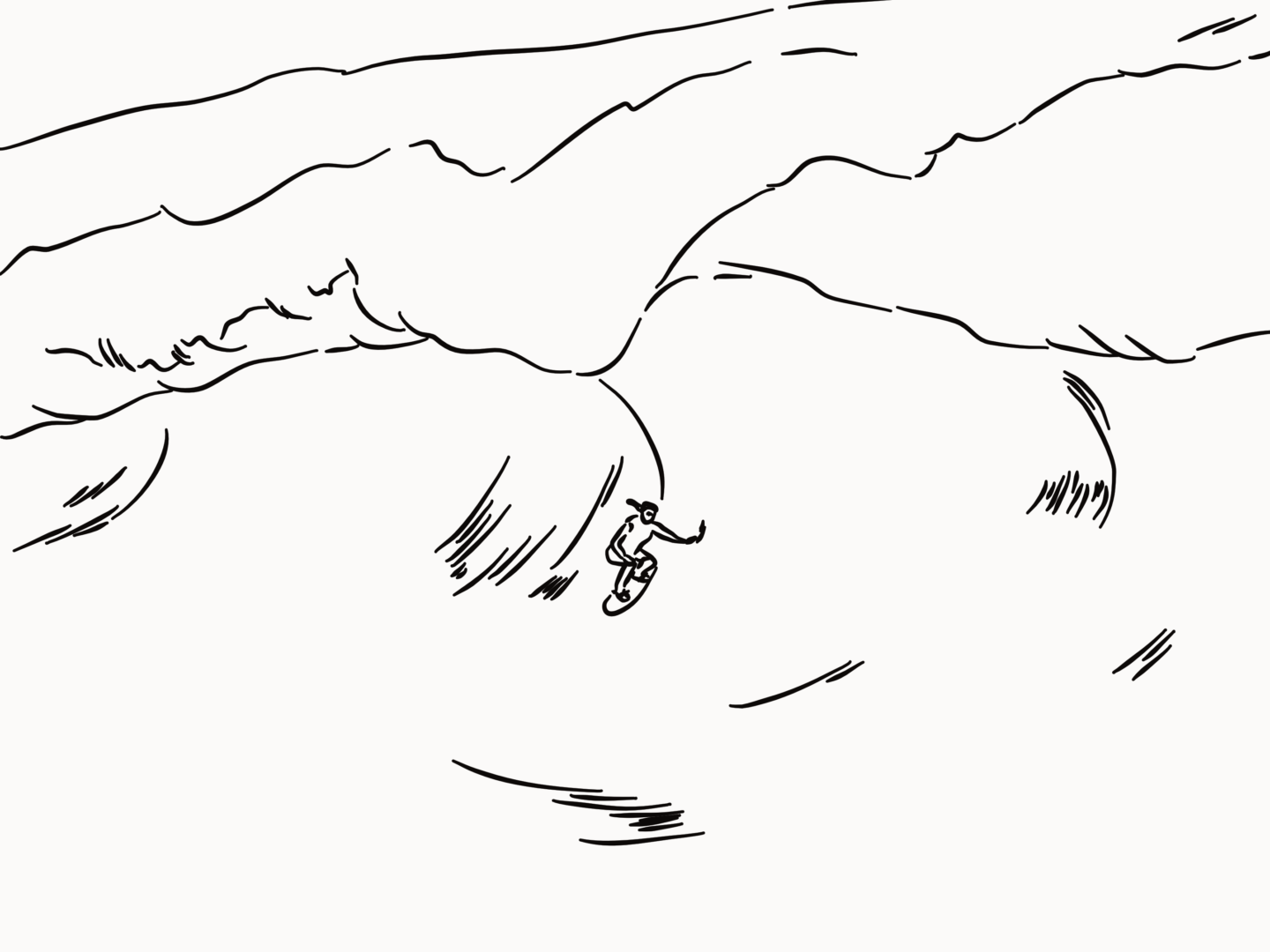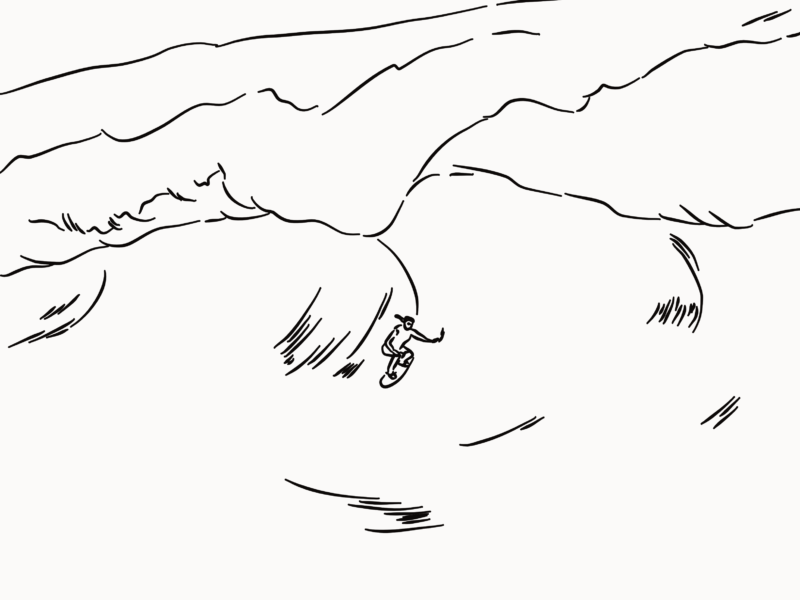This year I’ve had more commissions than I ever have before. I’ve had a few big commissions and lots of requests for portraits, which I absolutely love to draw. It’s been super exciting to see my illustration work start to grow, and I’m keen to do more and more as this year goes on.
As my client list started to grow I realised I’d never actually codified my onboarding process. I always just did what felt right at the time and let my client lead.
But that’s not the position I wanted to be in. A lot of the work I do e.g. portraits takes quite a similar format each time, so it makes sense to have a process not only to make creating those pieces as efficient as possible but also to give my clients the confidence that I know what I’m doing from the very start, because I do. Equally with larger pieces of work I wanted to have more control over what the scope of work was going to be and how my client relationships would work.
So, I put in some time a few weeks ago to really come up with a process for setting up new pieces with clients. I thought I’d share a bit of those onboarding processes with you guys in part in case anyone else is going through the same growing pains and in part so that you know what it’s like to work with me a little bit more.

New process – portraits
I’ve spoken before about my process for portraits, and as it was already pretty simple I haven’t made any dramatic changes, but I have worked to add some more clarity.
STEP 1 – In the description of my portrait commissions I’ve also added in further details of the extras that are available e.g. extra text and colour
STEP 1A – If what they’re looking for is outside my regular portraits e.g. a group bigger than four or they have special requests like extra text, we work out a plan over email and I send over a price and a contract.
STEP 2 – Once everything has been agreed/bought, I send out an email including a little hello, a visual guide to the kind of photos I’m looking for, details on sizes and file formats, and expected turnaround times. The inclusion of that photo guide has been one of the big changes I’ve made because quite often people are unsure of what to send, or we have to have a back and forth to find an image that works.
STEP 3 – The client sends me their photos
STEP 4 – The work begins
New process – big projects
I do far fewer big projects, in part because they’re a bit harder to come by and in part because I’m only one person with two jobs. But I’ve loved the longer more involved projects I’ve done so far this year and the ones I’ve got in the pipeline, and I’d definitely be down to do some more!
As I’ve only started taking on these bigger projects outside of contract work where I’m brought in as more of an employee, I’ve started using this as a guideline to give me the confidence I need when taking on something which feels a bit more high stakes.
STEP 1 – Every project starts off with a conversation either via email, chat, over the phone or in person so I can work out what the client wants, and so that we can both work out if we’re going to get on and the kind of working relationship we want out of process. I normally go into those conversations with a few set questions about what they’ve already done, what they like, what they’re looking for as an outcome, and the audience they’ve got in mind. Quite often I leave them with some “homework” to refine their brief or to help them have direction within the project.
STEP 2 – Off the back of that I come up with a proposal breaking down the task into chunks and explaining exactly what I would intend on producing for them, as well as how processes such as revisions, approvals and extra work would happen. I also put together a proposed cost, working with any budget details they’ve given me. We then discuss and refine that proposal where needed.
STEP 3 – Once everything is agreed, I send over a contract based on the proposal. I currently use Bonsai to help produce my contracts because it’s so easy.
STEP 4 – Then I take a deposit (normally around 25%, but this can vary). This is a new step for me, but something that’s made the payment process a lot easier for me and gives me that bit of breathing room while working.
STEP 5 – Then I come up with a plan of first steps, sharing the order I’m going to do the work in – this is almost always a more detailed version of the proposal and includes any tasks I need the client to complete before I start the next stage.
STEP 6 – The work begins


